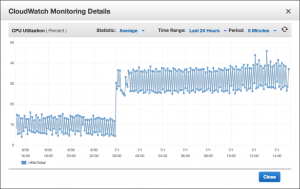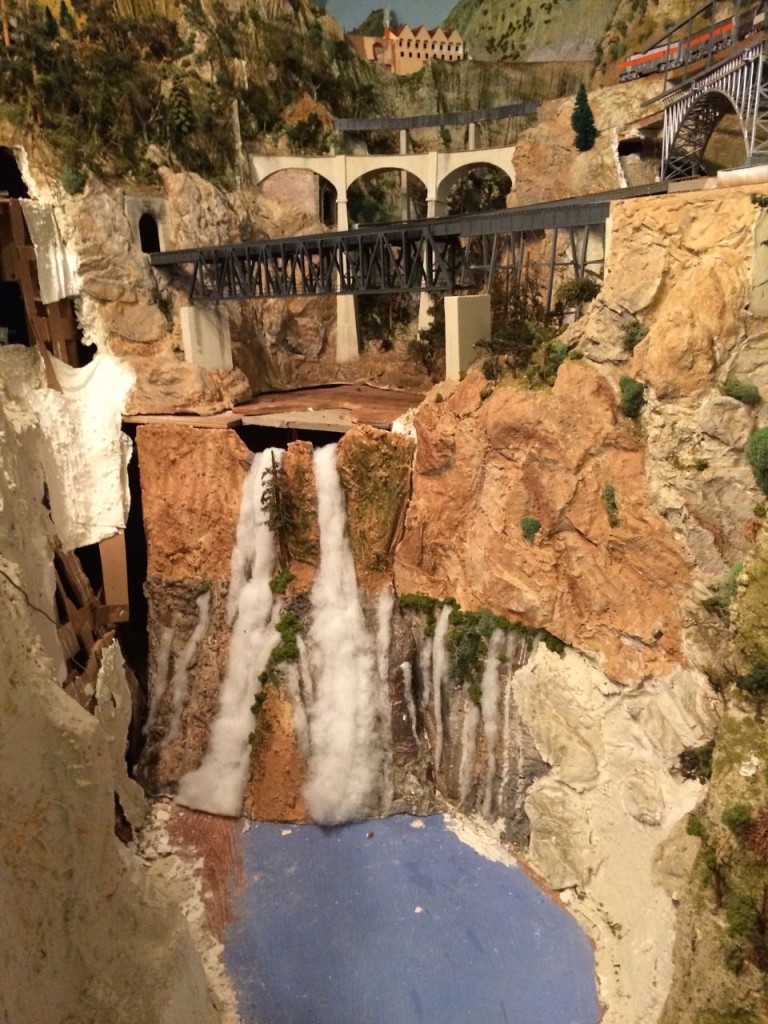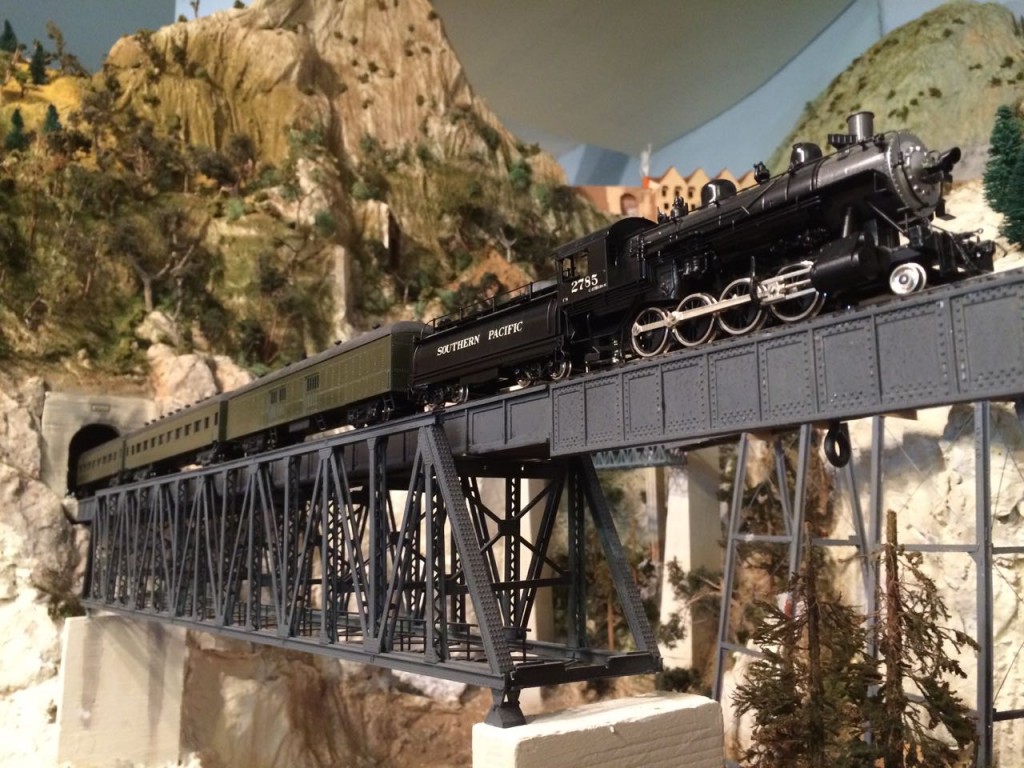Is it a bus or a streetcar?
I have to admit that I get slightly annoyed when I hear someone say they’re taking the bus when they are talking about taking a streetcar. Don’t they know the difference between rubber tires and steel wheels? Yes, I know that when someone takes the bus, for them it is not really about the type of transportation, it’s about the mode.
Of course, this is not about them, this is about me. Being the rail nerd that I am, I’m very particular about all things that run on rails. The N-Judah is a streetcar. Okay, okay, I know I’m on thin ice here. Technically it is a light rail vehicle. It’s also the metro. But I’ve been taking the streetcar since I was a toddler, and I took it daily as a middle-schooler. No yellow school buses for me! And so yes, it’s still streetcar for me.
Nerds of any type, me included, see our particular nerd-hood differently. Did you know for instance that among the previous class of Boeing light rail vehicles, two came equipped with trolley poles for testing purposes? Or that one of the original PCC streetcars was fitted with a pantograph for testing in the new subway? For us, every little quirk is a gold nugget that gleams from our stream of streetcar trivia.
So I won’t get upset if you say “I’m taking the bus” when you go downtown on the N-Judah. But if you say “I’m taking the streetcar”, you will definitely spark a bit of joy in this old rail nut’s heart.


